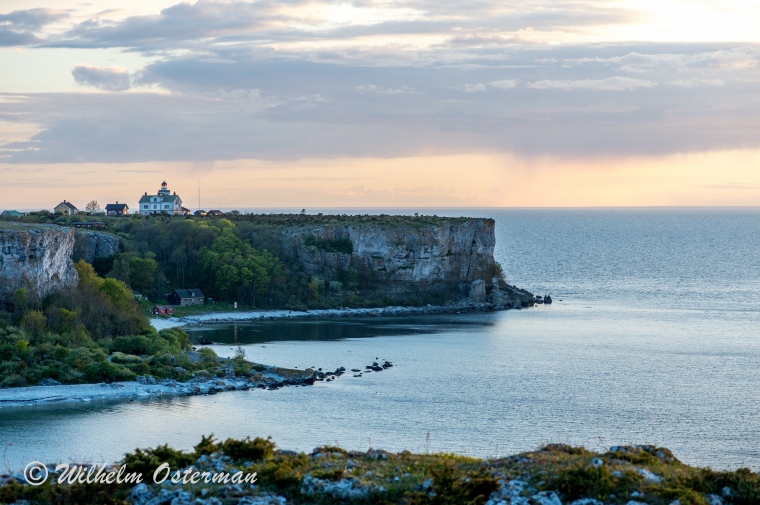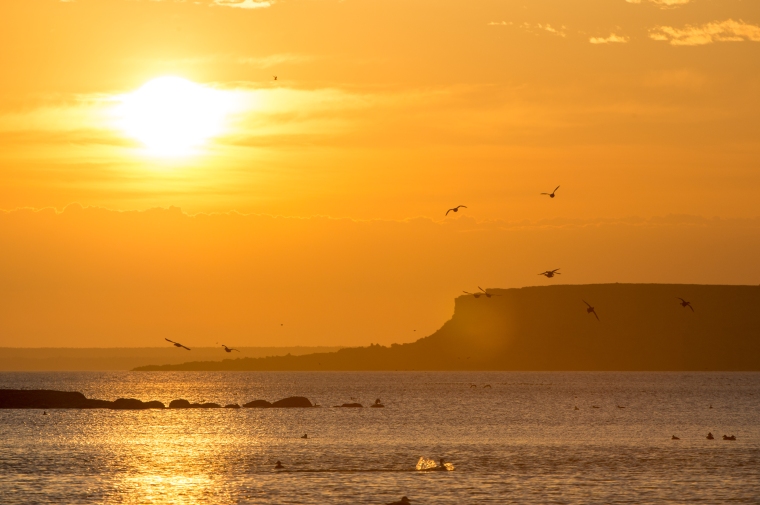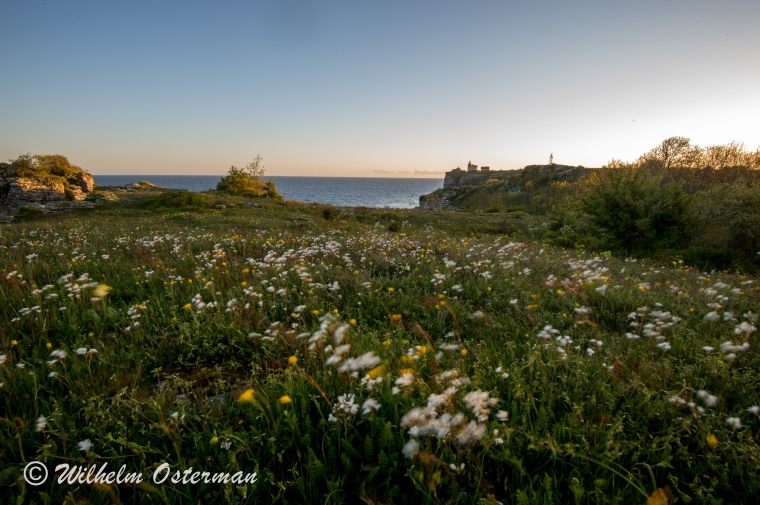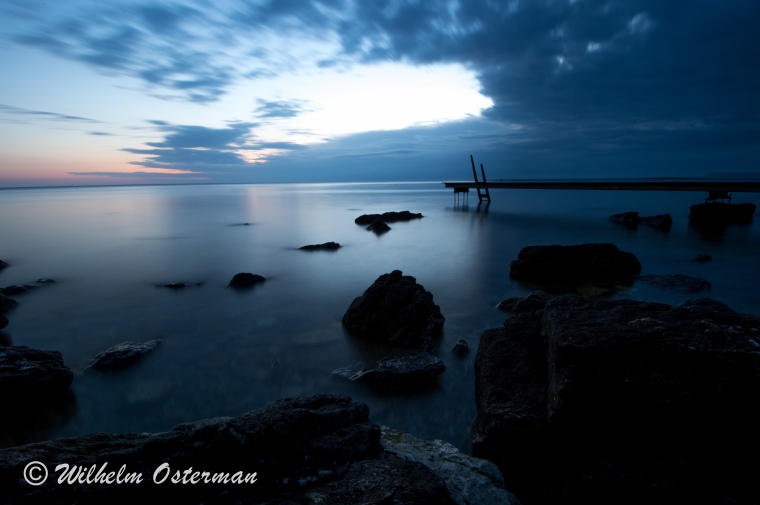In the summer of 2015, I worked as a nature guide on Stora Karlsö. The island is famous for it’s prolific birdlife and has the only large colony of common murres (Latin: Uria aalge, Swedish: Sillgrissla) and razorbills (Latin Alca torda, Swedish: Tordmule) along with the neighbouring island Lilla Karlsö.
During my time I photographed a lot and here are some of my pictures:

A couple of arctic terns. The male is feeding the female while she is laying on the eggs. It is a big colony of Arctic terns breeding on Karlsö every year.

In may every year, parts of Karlsö is full of orchids. Especially the Early purple orchid (in the picture), and the Elderly flowered orchid.

A close up pictre of the common murre. Research is done every year on the common murres in a unique project to know more about the baltic sea. The photo is taken from the a shelf researchers observe them from.

The water around Karlsö is crystal clear. This picture I took to make the water bottom look like a landscape with trees and grassland. A lesser black-backed gull is flying (Larus fuscus, Swedish Silltrut).

Looking down from the cliffs on Karlsö, you can see birds flying by the cliff side, about to go out fishing, or feed its chick on the cliff.

A long exposure picture from Karlsö. In the horizon you can barely see the wind power-plants. The long exposure makes the mystic shapes of the water.













